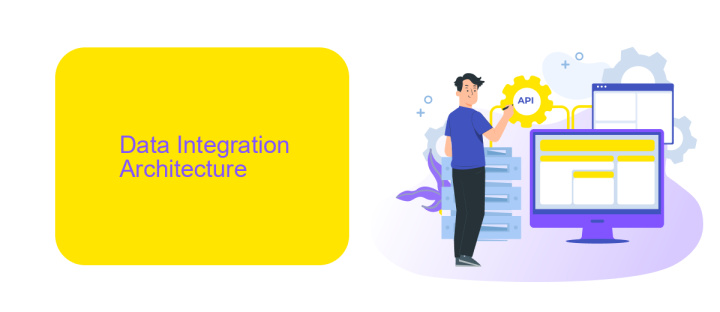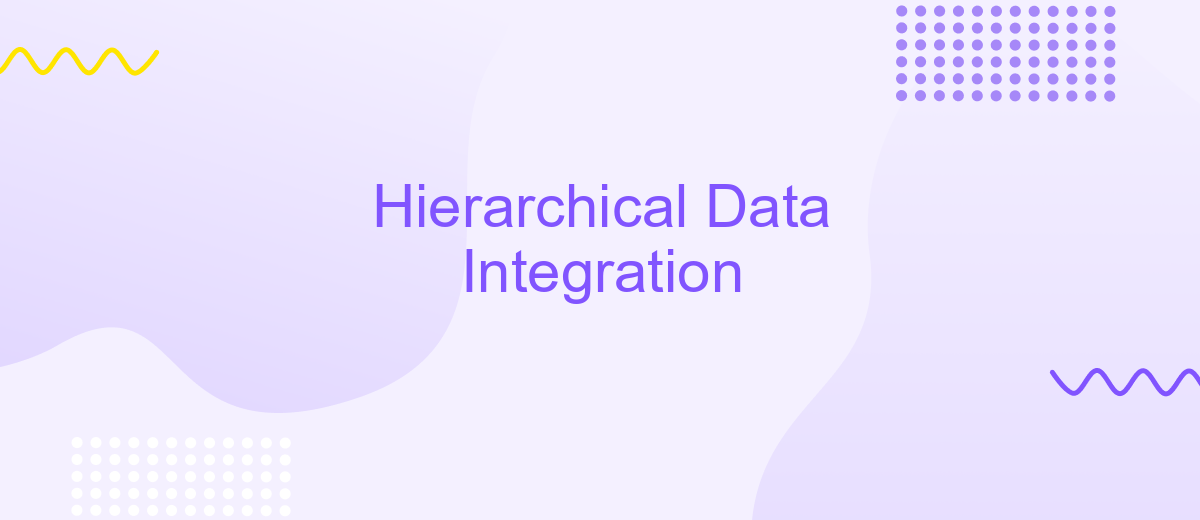Hierarchical Data Integration
Hierarchical Data Integration is a critical process in modern data management, enabling organizations to efficiently combine and analyze data from various sources. By organizing data into hierarchical structures, it becomes easier to manage, query, and derive insights. This article explores the methodologies, benefits, and challenges associated with hierarchical data integration, providing a comprehensive understanding of its role in enhancing data-driven decision-making.
Introduction
Hierarchical Data Integration is a critical process in modern data management, enabling organizations to consolidate data from various sources into a unified, coherent structure. This approach allows for more efficient data analysis, improved decision-making, and enhanced operational performance. By organizing data hierarchically, businesses can ensure that information is accessible, accurate, and relevant to their needs.
- Streamlined data consolidation from multiple sources
- Enhanced data accuracy and consistency
- Improved decision-making capabilities
- Increased operational efficiency
One of the tools that facilitate hierarchical data integration is ApiX-Drive. This service allows businesses to automate data transfers between different applications and systems, ensuring seamless integration and synchronization. By leveraging ApiX-Drive, organizations can reduce manual data handling, minimize errors, and save valuable time, ultimately leading to more effective data management and utilization.
Data Integration Architecture

The architecture of data integration involves a systematic approach to combining data from various sources into a unified view. This process includes data extraction, transformation, and loading (ETL) into a centralized repository, such as a data warehouse. A well-designed architecture ensures data consistency, quality, and accessibility, enabling effective decision-making and analytics. Key components include data sources, ETL tools, data storage, and data access layers, each playing a crucial role in the seamless integration of hierarchical data structures.
Modern data integration solutions, like ApiX-Drive, simplify the configuration and management of data flows between disparate systems. ApiX-Drive offers a flexible platform to automate data transfers, reducing manual efforts and minimizing errors. It supports a wide range of applications and services, making it easier to synchronize data across different platforms. By leveraging such tools, organizations can achieve more efficient and responsive data integration architectures, ensuring that accurate and up-to-date information is always available for business operations and strategic planning.
Data Integration Techniques

Data integration techniques are essential for combining data from different sources into a unified view. These methods ensure that data is consistent, accurate, and accessible for analysis and decision-making. The primary techniques used in data integration include:
- ETL (Extract, Transform, Load): This process involves extracting data from various sources, transforming it into a suitable format, and loading it into a data warehouse or other storage systems.
- ELT (Extract, Load, Transform): Similar to ETL, but the transformation occurs after loading the data into the target system, allowing for more flexibility and scalability.
- Data Virtualization: This technique provides a real-time, integrated view of data from different sources without physically moving the data.
- API Integration: Utilizing APIs to connect and integrate data from various applications and services, making it easier to automate workflows and ensure data consistency.
Services like ApiX-Drive simplify the process of API integration by offering a user-friendly platform to connect multiple applications and automate data transfer. This reduces the complexity and time required for setting up integrations, allowing businesses to focus on leveraging their data for strategic insights.
Challenges and Opportunities

Hierarchical data integration presents several challenges that must be addressed to ensure seamless data flow and accuracy. One of the primary issues is the complexity of managing data from multiple sources, which often have different formats and structures. This can lead to inconsistencies and errors that are difficult to resolve.
Another significant challenge is maintaining data quality and integrity. Ensuring that data remains accurate and up-to-date across various systems requires robust validation and synchronization mechanisms. Additionally, the integration process must be scalable to handle growing volumes of data without compromising performance.
- Data format and structure inconsistencies
- Ensuring data quality and integrity
- Scalability and performance issues
- Complexity of managing multiple data sources
Despite these challenges, there are numerous opportunities for improvement and innovation. Services like ApiX-Drive facilitate the integration process by offering automated workflows and real-time data synchronization. By leveraging such tools, organizations can streamline their data integration efforts, reduce manual intervention, and enhance overall efficiency.
Conclusion
In conclusion, hierarchical data integration plays a pivotal role in modern data management, enabling organizations to seamlessly merge and analyze data from multiple sources. By structuring data in a hierarchical manner, businesses can achieve greater accuracy, consistency, and efficiency in their data operations. This approach not only facilitates better decision-making but also enhances the overall quality of insights derived from the integrated data. As data continues to grow in volume and complexity, the importance of robust hierarchical data integration strategies will only increase.
Moreover, leveraging advanced tools and services such as ApiX-Drive can significantly streamline the integration process. ApiX-Drive offers a user-friendly platform that simplifies the connection of various data sources, automating workflows and reducing the manual effort required. By utilizing such services, organizations can focus more on analyzing and utilizing the integrated data rather than being bogged down by the technical complexities of the integration process. Ultimately, the adoption of hierarchical data integration, supported by efficient integration tools, is essential for maintaining a competitive edge in today's data-driven landscape.
FAQ
What is hierarchical data integration?
Why is hierarchical data integration important?
What are common challenges in hierarchical data integration?
How can hierarchical data integration be automated?
What are the benefits of using ApiX-Drive for hierarchical data integration?
Routine tasks take a lot of time from employees? Do they burn out, do not have enough working day for the main duties and important things? Do you understand that the only way out of this situation in modern realities is automation? Try Apix-Drive for free and make sure that the online connector in 5 minutes of setting up integration will remove a significant part of the routine from your life and free up time for you and your employees.

